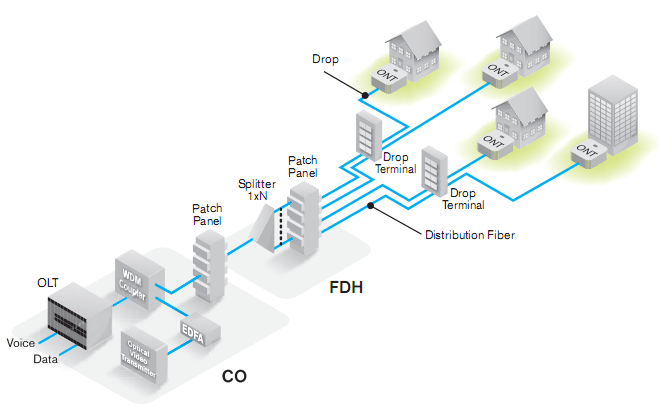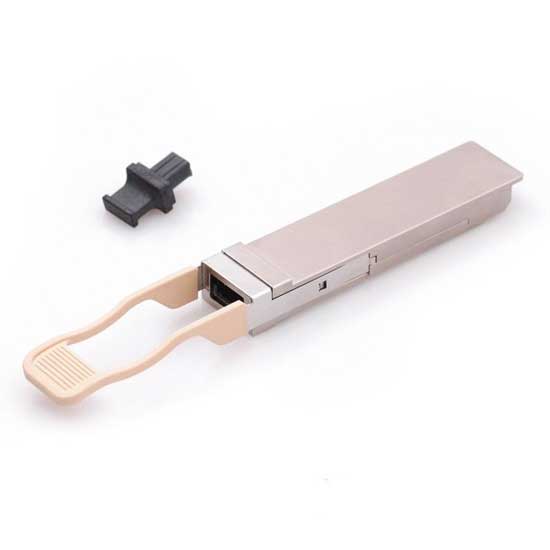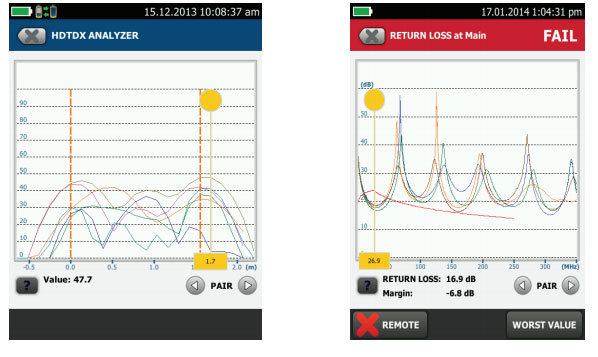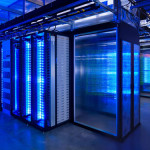Structured cabling is a telecommunications cabling infrastructure that consists of a number of standardized smaller elements called subsystems for the enterprise, banks, and campus etc. These subsystems are the Work Area, Horizontal Cabling, Telecommunications Room, Backbone Cabling (Riser), Equipment Room, and Entrance Facility. The structured cabling can have a cabling infrastructure based on optical fiber, copper or a combination of both media.
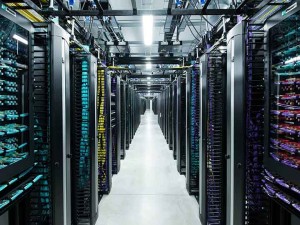
The structured cabling system is also the hierarchical wiring network that carries all your data, voice, multimedia, security, VoIP, PoE, and even wireless connections throughout your building or campus. It includes everything from the data center to the desktop, including cabling, connecting hardware, equipment, telecommunications rooms, cable pathways, work areas, and even the jacks on the wall plate in your office.
The following are the six elements forming a structured cabling system:
Work Area:
The work area consists of all the components between the telecommunications outlet and the user’s workstation equipment.
Horizontal Cabling:
The horizontal cabling system encompasses everything between the telecommunications room cross-connects to the telecommunications outlets in the work area. It’s called horizontal because the cable typically runs horizontally
above the ceiling or below the floor from the telecommunications room, which is usually on the same floor.
Telecommunications Room:
The telecommunications room holds the termination equipment needed to connect the horizontal wiring to the backbone wiring. A building must contain at least one telecommunications room, and it should be on the floor it serves.
Backbone Cabling (riser):
The backbone system encompasses all the cabling between telecommunications rooms, equipment rooms, entrance facilities, and between buildings.
Equipment Room:
The equipment room houses telecommunications systems, such as PBXs, servers, and mechanical terminations. It’s different than the telecommunications room because of the complexity of the components. An equipment room may take the place of a telecommunications room or it may be separate.
Entrance Facility:
The entrance facility is the point where the outdoor cable connects with the building’s backbone cabling. This is usually the demarcation point between the service provider and the customer-owned systems.
